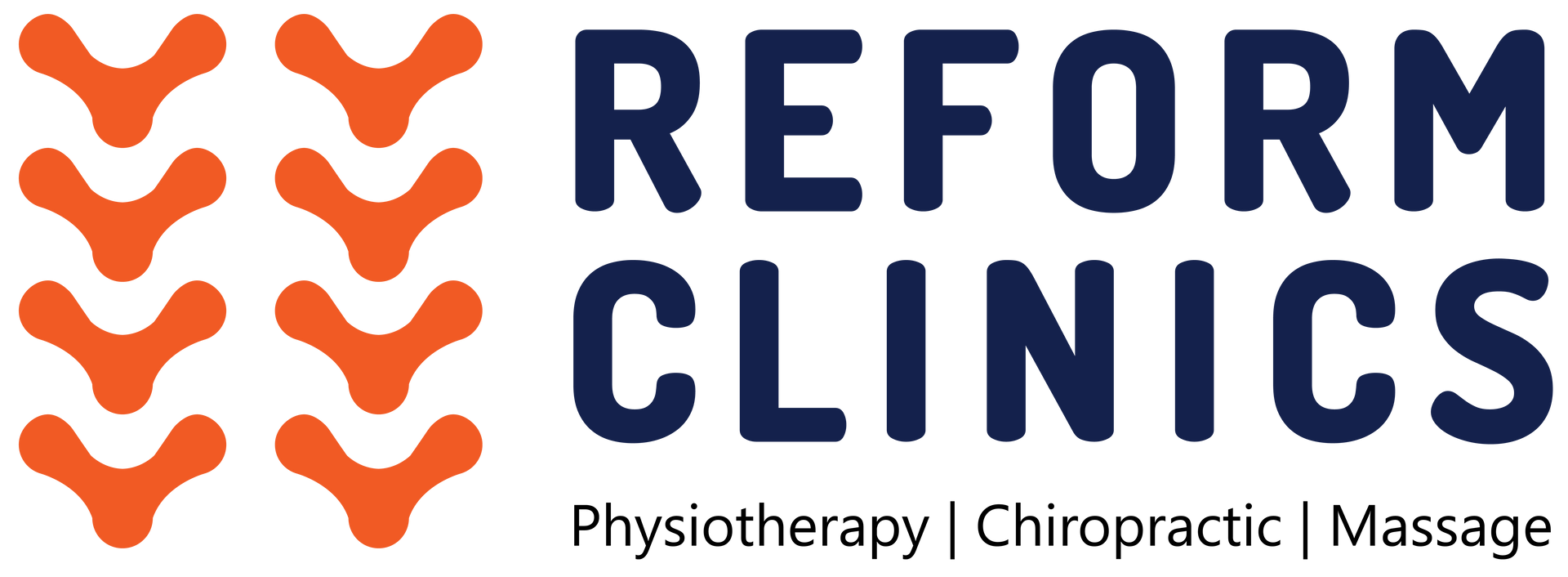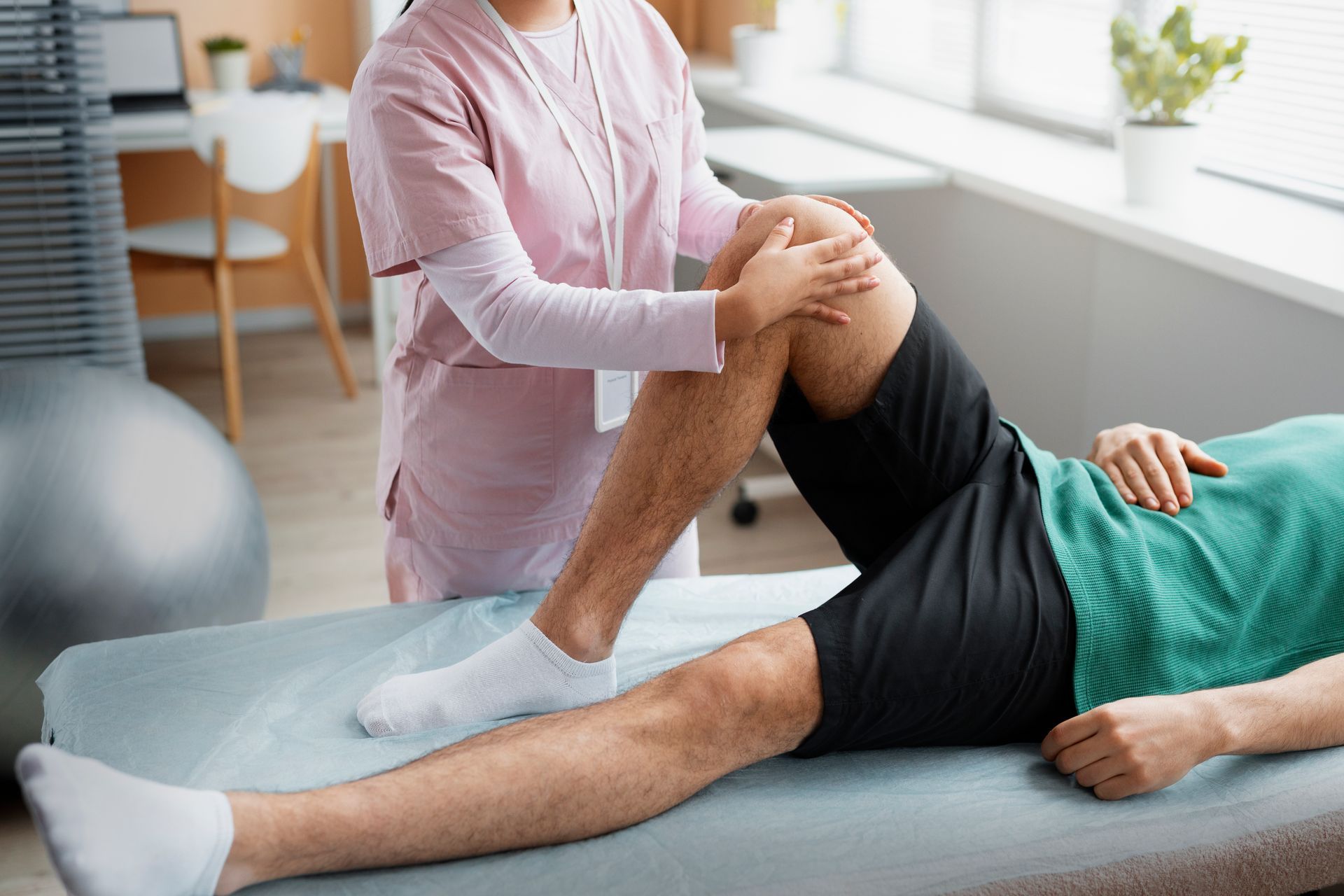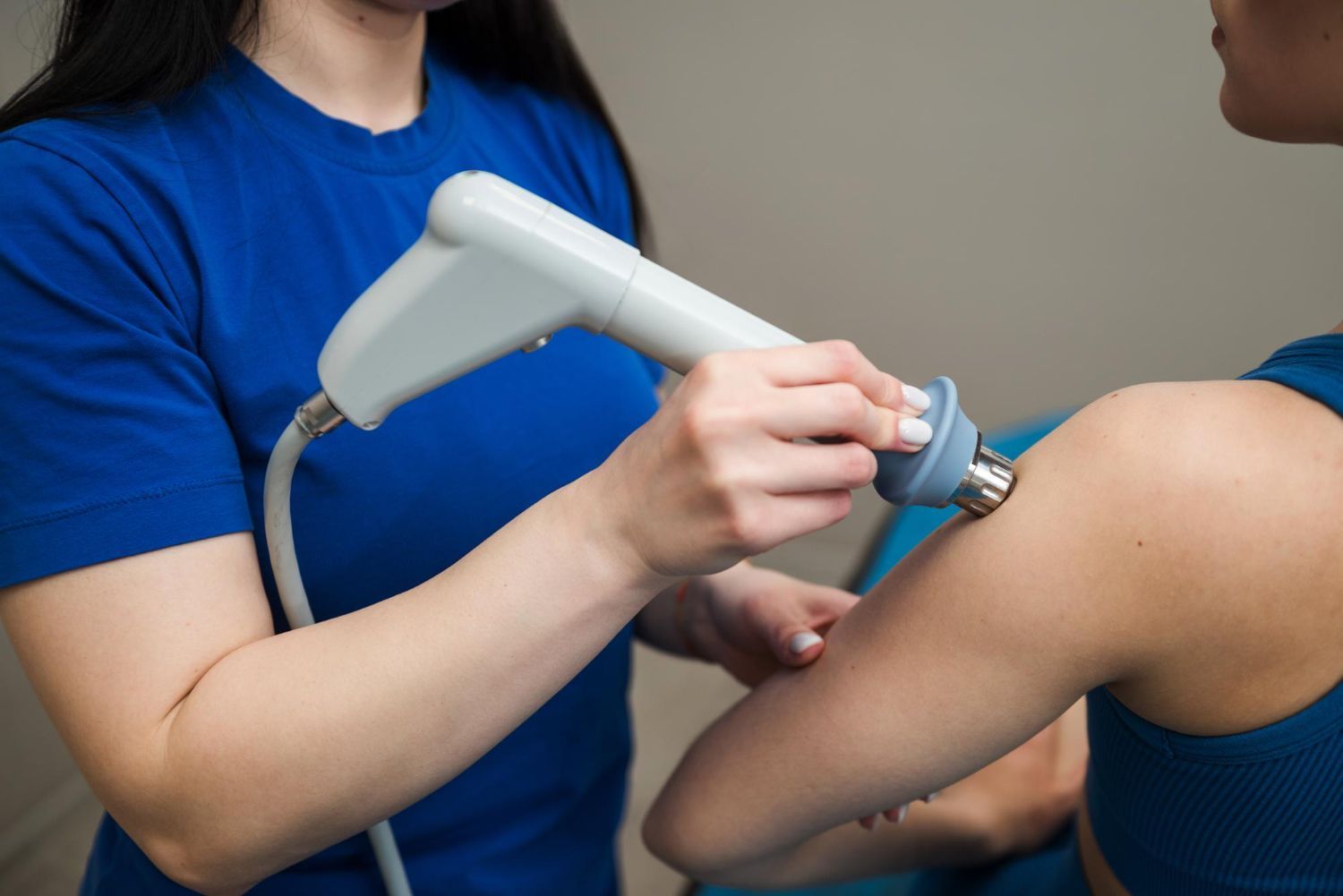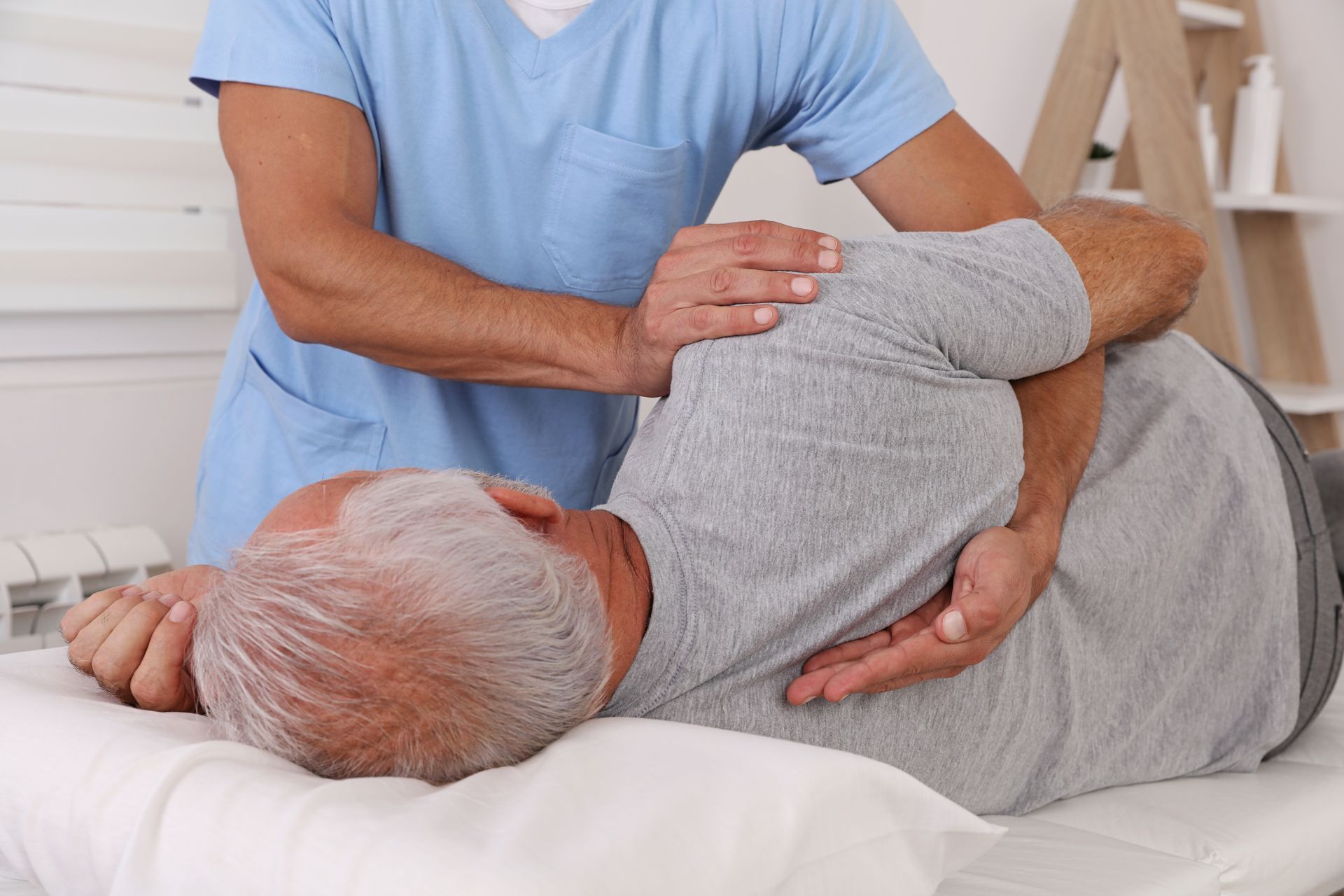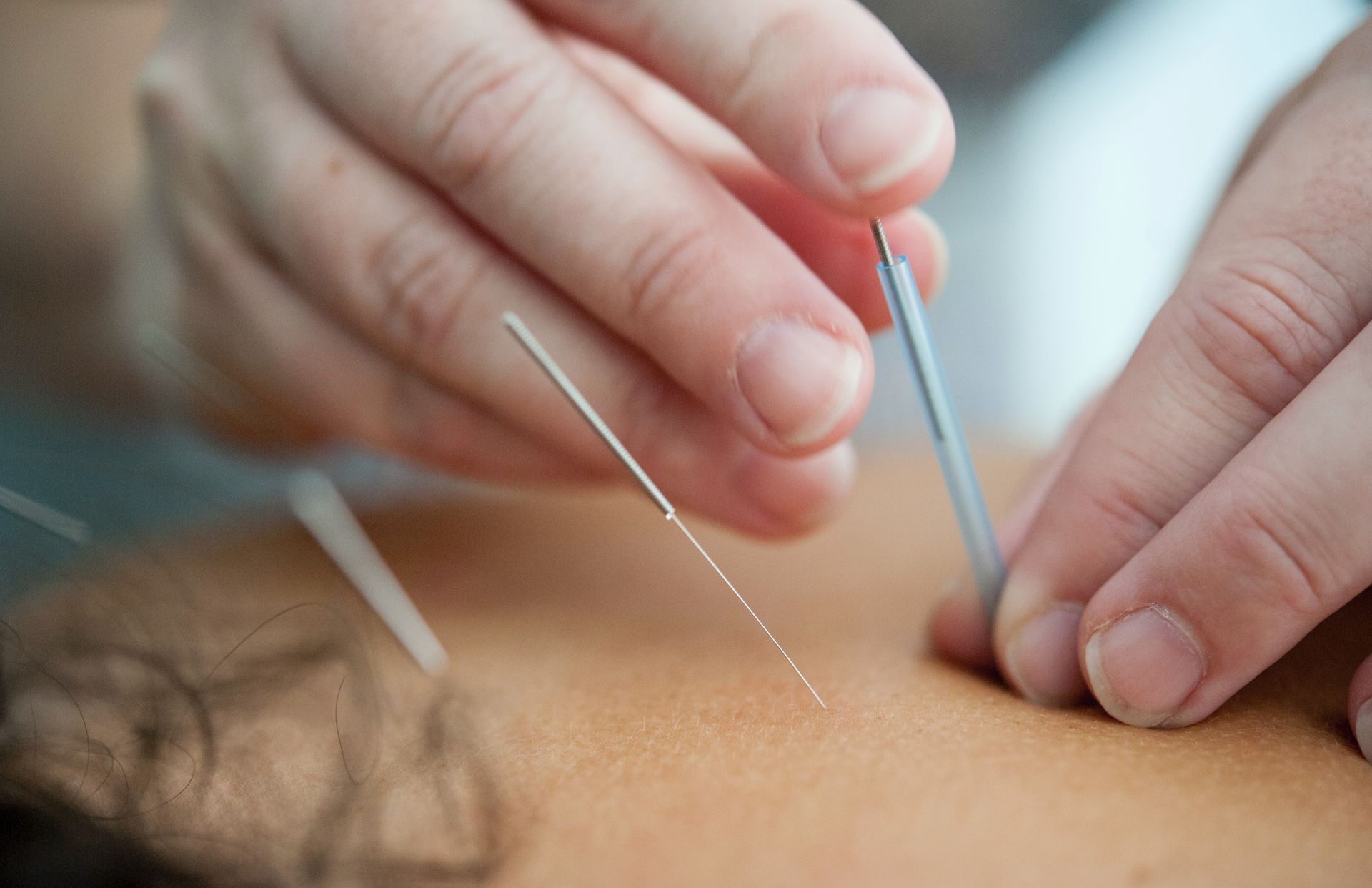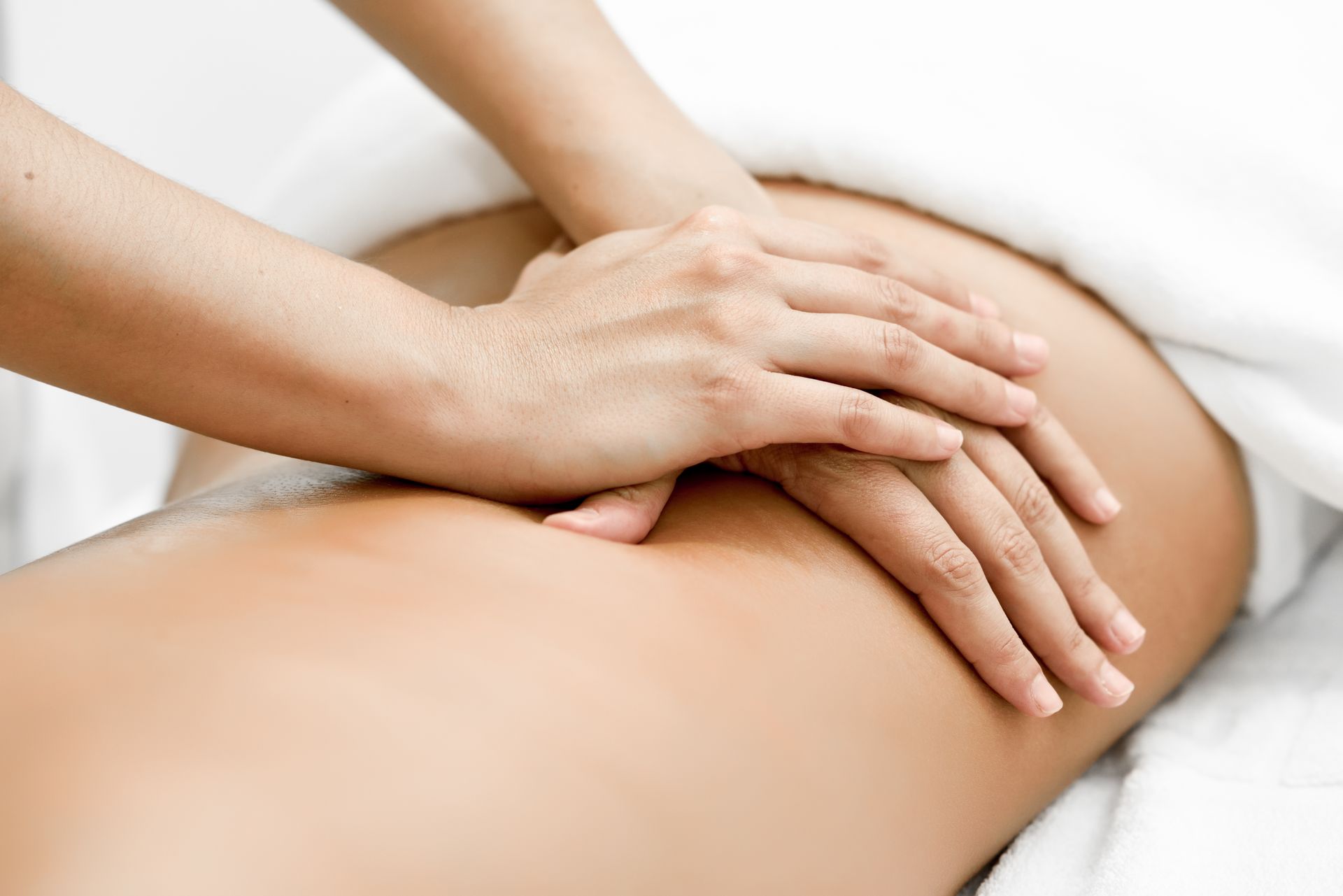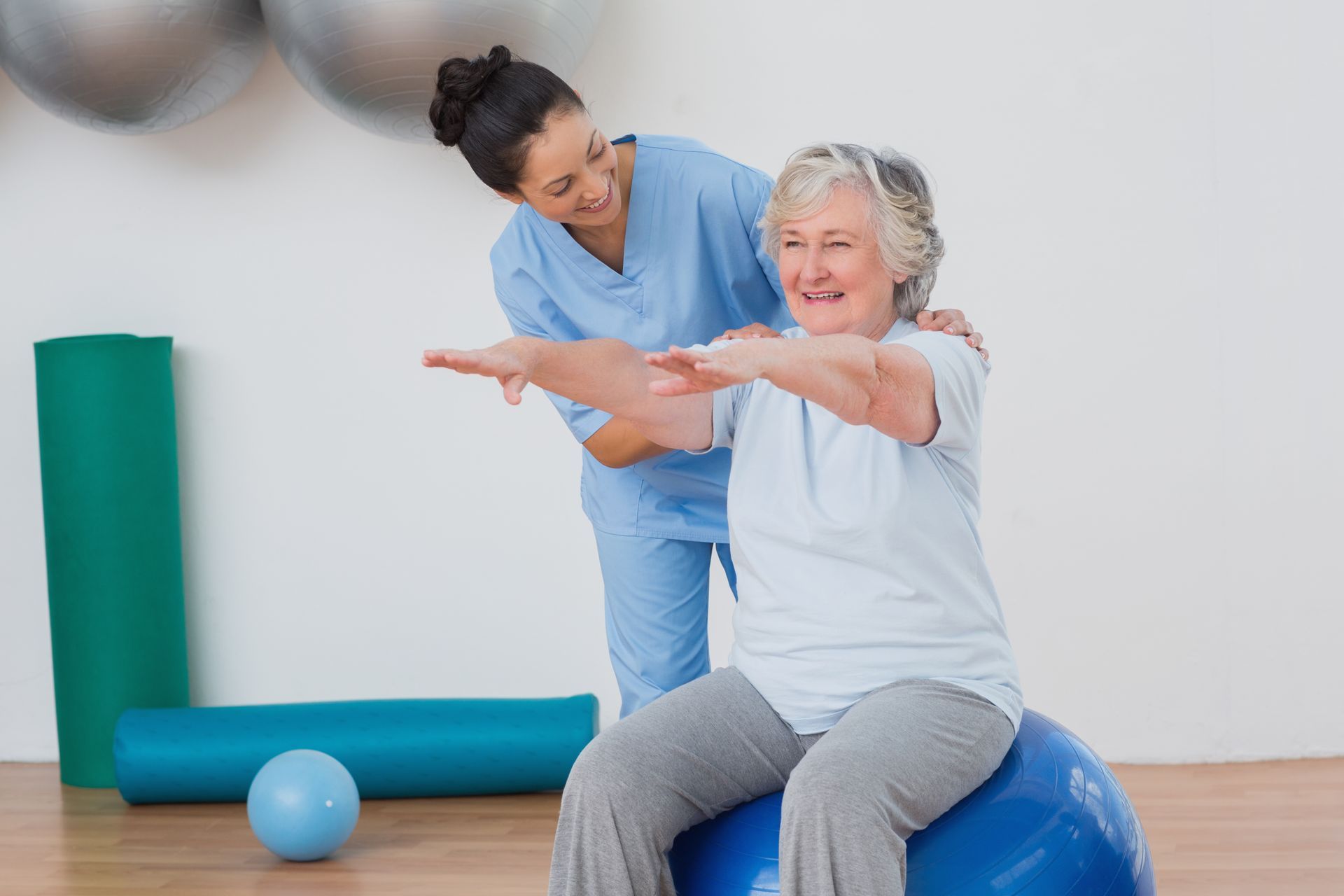How to Choose the Right Compression Socks
Compression socks are stretchy, snug-fitting socks that are specially made to put gentle pressure on your feet and legs. They are worn for comfort, better athletic performance, or to prevent physical ailments.
There are different types of compression socks with different levels of compression. How do you choose which is right for your needs? Before looking for your pair, learn about the benefits of compression socks, the different levels of compression, and how to find the right fit.
The Benefits of Compression Socks
Compression socks gently squeeze your legs to help blood vessels work better. They allow your arteries to relax so that blood flows freely. Blood is also pushed back to your heart more easily.
Compression socks prevent swelling, tiredness, and aches in your legs. When blood can circulate properly, it is less likely to pool in the veins and form clots. People who experience spider and varicose veins, therefore, benefit from compression socks.
Athletes use compression socks for running , jumping, and other intense activities and sports. Wearing compression socks on their legs increases oxygen delivery into their muscles, which helps to prevent tissue damage. It also helps with muscle recovery, minimizing soreness and cramps.
The Different Levels of Compression
The level of compression that you need depends on the purpose for which you want the socks. You will get the most out of them if you choose the right level. If you need compression socks to treat specific medical conditions, please follow your doctor’s recommendation.
The level of compression is measured in mmHg (millimeters of Mercury), which is a unit of measurement for pressure. Because the compression varies depending on the size, these socks use a range of mmHg to describe how much pressure it provides.
A lower compression level of 15-20 mmHg is better suited for recreational and casual purposes. This level improves circulation without being too tight. It will provide comfort during daily activities, for travel purposes, and for muscle recovery after sports.
For more intense activities or to get relief from mild symptoms of discomfort, a compression level of 20-30 mmHg is a better fit. It is ideal for those dealing with spider veins, varicose veins, and swelling.
Moderate and severe symptoms such as blood clots, lymphedema, severe swelling, and severe varicose veins benefit from a level of 30-40 mmHg. It is a good option for post-surgery relief.
How to Find the Right Fit
Compression socks come in different sizes, just like normal socks. To find the proper fit, measure the circumference of your calf. You should also consider your usual shoe size, then consult the size chart of the company that you are purchasing from.
For compression socks to be beneficial, you must wear the right size for your feet and legs. They should fit snug but not too tight that they restrict movement. If a fit does not feel comfortable, it is either an incorrect size or not the right type of sock for you.
In Search of Compression Socks? Contact Us Today!
Compression socks can help anyone—especially athletes, seniors, pregnant women and individuals with jobs that require prolonged standing such as nurses, teachers — deal with achy, swollen legs. They can also assist in treating physical conditions such as lymphedema and varicose veins.
Are compression socks a good option for your needs and lifestyle? Our team at Reform Clinics in Oakville, Ontario, can help you find the perfect pair. Contact us by calling 905-827-5757 or filling out our online form .
Similar to most of our services, our compression stockings are often covered through insurance and you may be able to get the benefits of compression socks at little to no cost to you.
